
In today’s fast-paced world, where we often rely on packaged foods, the importance of food labels cannot be overstated. These labels are your road map, assisting you in selecting the goods you eat with knowledge. We will discuss the importance of accurately labeling food products in this blog post and why doing so is important for your safety, health, and general well-being.
-
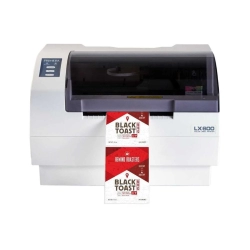 Primera LX600 Color Label Printer SKU: LX600$1,995.00
Primera LX600 Color Label Printer SKU: LX600$1,995.00
FREE SHIPPING over $199*
Orders before 12PM EST usually Ship Same Business Day -
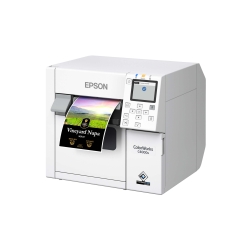 Epson C4000 / CW-C4000 ColorWorks Inkjet Label Printer (Gloss) SKU: C31CK03A9991$2,419.00
Epson C4000 / CW-C4000 ColorWorks Inkjet Label Printer (Gloss) SKU: C31CK03A9991$2,419.00
FREE SHIPPING over $199*
Orders before 12PM EST usually Ship Same Business Day -
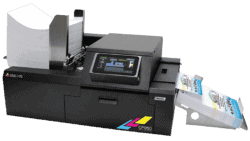 Afinia CP950 Envelope Packaging and Box Color Label Printer SKU: 35256$19,995.00
Afinia CP950 Envelope Packaging and Box Color Label Printer SKU: 35256$19,995.00
FREE SHIPPING over $199*
Orders before 12PM EST usually Ship Same Business Day
Understanding Food Labels
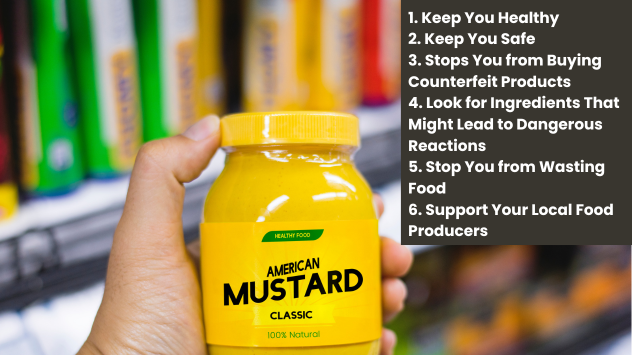
Have you ever wondered why food labels are important? They are essential in assisting customers in making well-informed food choices. Food labels are intended to help customers make knowledgeable decisions about the goods they buy. They contain vital information on the front, back, and sides of the packaging to inform consumers about the contents of the food and guide them towards healthier options among processed foods. Nevertheless, the abundance of numerical data, percentages, and occasionally intricate ingredient lists can often create more perplexity than comprehension. While grocery shopping, customers can choose healthier options if they are aware of the importance of food labels.
This comprehensive guide is aimed at helping you decipher the terminology and nutritional details found on food packaging, ensuring that you have a clear understanding of the products you are selecting. The importance of product labels cannot be underestimated, as they provide essential information about the contents and nutritional value of the item.
Food labeling is crucial for the following six reasons:
1. Keep You Healthy
Food labels are essential for understanding the nutritional content of food products, including vitamins, minerals, calories, and fats. They help you monitor micronutrients, control your weight, limit sugar and salt intake, and maintain a balanced diet to prevent illnesses like diabetes and heart disease. Food labels provide critical information such as calories, serving sizes, and nutrient quantities, enabling you to make healthier choices and manage your diet effectively.
2. Keep You Safe
Each year, millions of people suffer from foodborne illnesses, resulting in a significant number of deaths. In order to guarantee food safety, labels are vital sources of information about how to use products, including how to store and cook them. Additionally, with the increasing concern over food allergies and intolerances, accurate labeling is vital to identify allergens like nuts, dairy, and gluten, which can cause severe reactions in sensitive individuals and can be life-threatening without clear labeling.
3. Stops You from Buying Counterfeit Products
Counterfeit and adulterated food products present significant health hazards. To mitigate these risks, proper labeling practices are crucial, encompassing elements such as brand names, batch numbers, and contact information. These details aid in verifying the authenticity of the product, ensuring that you receive what you’ve paid for while also safeguarding your health.
One of food labeling’s primary objectives is to prevent fraud. Without internationally recognized and guaranteed labels, unscrupulous food sellers could easily mislead consumers through deceptive packaging. For instance, when purchasing chocolate, you want assurance that it is indeed chocolate, and the same applies when buying fish—you want to be certain that the product matches its stated description.
4. Look for Ingredients That Might Lead to Dangerous Reactions
A sizable fraction of the population is affected by food allergies; in developed nations, this percentage ranges from 10% to 25%. Foods like peanuts, soybeans, milk, eggs, fish, crabs, wheat, and tree nuts are frequently known to cause allergies. Not being aware of the ingredients in a product could lead to accidental consumption of allergens, potentially resulting in severe allergic reactions.
Food labels are an important source of information that people can use to steer clear of ingredients that cause allergies. In addition to allergies, some people have adverse reactions to specific food preservatives or additives. By carefully scrutinizing food labels, you can easily identify these potentially problematic ingredients, enabling you to steer clear of products that might trigger uncomfortable or unwanted reactions.
5. Stop You from Wasting Food
Understanding and correctly interpreting food labels can play a pivotal role in reducing food waste. Date markings on food labels provide essential information about how long a product remains safe to consume, which is crucial in preventing foodborne illnesses resulting from expired food. However, the distinction between “best before” and “use by” dates can be perplexing and contribute to unnecessary food waste, accounting for approximately 10% of food waste in the EU.
To address this issue, educating both consumers and supply chain stakeholders is essential. By enhancing awareness and knowledge surrounding date marking, we can align it with its intended purpose of ensuring food safety. Food labels play a critical role in effectively addressing the global issue of food waste. They provide clarity on expiry dates, empowering consumers to use products before they spoil, ultimately reducing waste and saving money.
6. Support Your Local Food Producers
Labels indicating the origin of food products, like “Colombian Coffee” or “Manchego cheese,” can add value to the product and attract consumers. These labels are associated with specific regions and qualities. A study showed that such labels can increase product prices by 20 to 50 percent. Contemporary consumers frequently associate quality with traditions and geographic origins. For those who prefer local and artisanal products, food labels provide information about origin and production methods, supporting local producers and promoting sustainability.
-
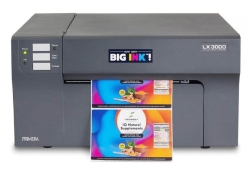 Primera LX3000 Color Label Printer with Big Ink, Pigment Ink SKU: LX3000-pigment$3,195.00
Primera LX3000 Color Label Printer with Big Ink, Pigment Ink SKU: LX3000-pigment$3,195.00
FREE SHIPPING over $199*
Orders before 12PM EST usually Ship Same Business Day -
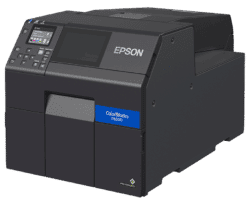 Epson ColorWorks CW-C6000A Matte Color Inkjet Label Printer with Auto Cutter SKU: C31CH76A9981$2,969.00
Epson ColorWorks CW-C6000A Matte Color Inkjet Label Printer with Auto Cutter SKU: C31CH76A9981$2,969.00
FREE SHIPPING over $199*
Orders before 12PM EST usually Ship Same Business Day -
 Quick Label QL-300 (120V) Toner CMYK Color Label Printer SKU: 1003-0000002$9,495.00
Quick Label QL-300 (120V) Toner CMYK Color Label Printer SKU: 1003-0000002$9,495.00
FREE SHIPPING over $199*
Orders before 12PM EST usually Ship Same Business Day
The Nutrition Facts Label
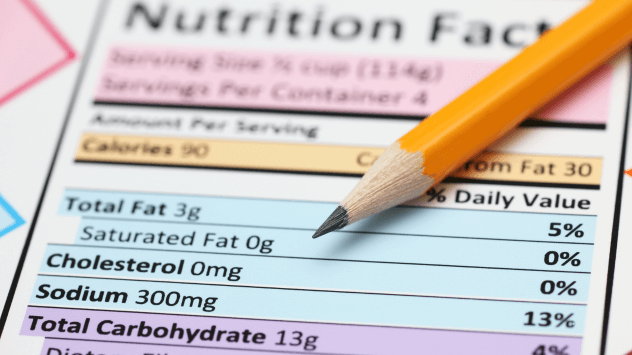
Under the direction of the US Food and Drug Administration (FDA), the Nutrition Facts Label has changed over time to assist consumers in making knowledgeable food decisions. It was first required in 1990 and underwent its most recent update in 2016 as a result of scientific discoveries and user feedback.
Key features of the latest label include:
- Bolded and larger font for Serving Size and Calories to emphasize their importance and prevent underestimation of calorie intake.
- Updated serving sizes to better reflect real-world consumption patterns, ensuring more accurate calorie information.
- Addition of “Added Sugars” below “Total Sugars” to differentiate between naturally occurring and added sugars, with specific types of added sweeteners listed in the Ingredients.
- Replacement of vitamins A and C with vitamin D and potassium, reflecting changing dietary needs.
To make the most of the % Daily Value (%DV) on the label, keep these guidelines in mind:
- – 5% DV or less of a nutrient is considered low, suitable for those seeking to limit certain nutrients like saturated fat or added sugars.
- – 20% DV or more indicates a high amount of a nutrient, which is beneficial for nutrients you want to increase, such as calcium or vitamin D.
- – Use the %DV for quick comparisons between similar products, helping you choose healthier options based on nutrient content, like sodium or added sugars, when comparing different brands of products.
Front-of-Package Labels
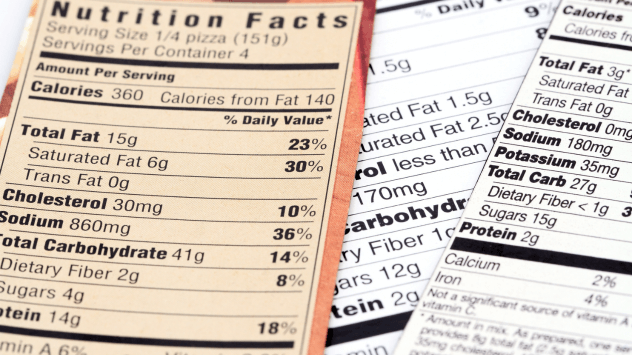
The front-of-package (FOP) section of food labels is the first thing consumers see and can significantly impact their purchasing decisions. Food manufacturers and proponents of public health have turned this into a war zone. Food producers have the option to use FOP symbols or graphics that emphasize positive nutritional aspects, like lower calories or reduced sugar, while downplaying less favorable information, such as high sodium or saturated fat content. These graphics can create a perception of healthiness, potentially misleading consumers who rely solely on them without reading the full Nutrition Facts panel.
FDA regulations over these FOP graphics are not very strict. Studies reveal that “positive” FOP labels—such as health seals or checkmarks—can inadvertently overstate the degree of healthfulness of a food item. In response, proponents of public health argue that FOP “warning” labels, like those found on stop signs or traffic lights, should be used to highlight nutrients that are harmful in excess, like the sugars and fats found in sugar-filled drinks and highly processed snacks. Currently, all FOP labels in the U.S. are voluntary, allowing manufacturers to emphasize or conceal nutritional information as they see fit to boost sales.
Advocates propose making warning labels mandatory, which would increase pressure on manufacturers to improve the nutritional quality of certain products.
Health Claims
Food labels that make claims about health that have been verified by science and have passed FDA review include those that make recommendations about how certain foods or dietary choices may lower the risk of certain diseases or health-related conditions. The Nutrition Labeling and Education Act of 1990 governs these claims, and the FDA evaluates them by means of a petition procedure. Currently, there are 12 FDA-approved health claims, such as the association between calcium intake and reduced risk of osteoporosis or the benefits of fiber-containing foods in cancer prevention. However, it’s essential to note that the presence of a specific nutrient linked to disease risk reduction doesn’t necessarily make the entire food product healthy. Consumers often perceive foods with health claims as healthier overall, which may not always be the case.
Nutrient Claims
Nutrient content claims go beyond the information provided on the Nutrition Facts label and aim to highlight specific health benefits of a food product. Examples of claims that are subject to FDA regulation include “Contains 100% Vitamin C” as well as terms like “good source of,” “low sodium,” “high fiber,” and “reduced fat.” The FDA regulates terms that are comparable, such as “less sugar.” However, these claims can sometimes be misleading regarding the overall healthfulness of a food product. For instance, a package of chips labeled as having 40% less fat and being cholesterol-free might imply healthiness, even though chips are typically high in calories and lack nutritional value. Certain terms, like “natural” or “multigrain,” are not yet subject to FDA regulation. Therefore, consumers should exercise caution and be informed when interpreting food labels.
Side and Back-of-Package Information

Side and back-of-package food label information includes:
- Ingredients: The FDA regulates the listing of ingredients on food labels, requiring them to be listed in order of weight, with the heaviest ingredients listed first. The list may include unfamiliar terms like preservatives (e.g., sodium bisulfite), thickeners (e.g., guar gum), or scientific names of vitamins and minerals. There are several names for added sugars, such as maple syrup or high fructose corn syrup.
- Allergy Information: If eight major food allergens, such as milk or peanuts, are present in a food, they must be listed in a “contains” statement next to the Ingredients list under the Food Allergen Labeling and Consumer Protection Act of 2004. Advisory statements about cross-contamination may also be included. Sesame was recognized as the 9th major food allergen in the US in 2021, and its listing will be mandatory starting in 2023. Other potential allergens, like gluten and color additives, must also be identified on labels.
- Sell-by, Best-by, and Use-by Dates: These dates provide information about a product’s shelf-life and optimal quality, determined by the manufacturer for peak quality. Federal law does not mandate them, but they are beneficial to both buyers and sellers. The dates include:
- – Sell-by date: The last date for product display in stores.
- – Best-by date: The suggested use date of the product to ensure optimal flavor and quality.
- – Use-by date: The recommended date for using the product for peak freshness is crucial for highly perishable items like fresh meats and dairy.
Consumers should note that food products can still be safe to eat after these dates, but the flavor and texture may deteriorate over time. State-specific requirements may exist for these dates.
Consumer Reactions to Warning Labels on Food

Front-of-package (FOP) warning labels aim to help consumers make healthier choices when selecting processed foods, particularly those high in unhealthy fats, added sugars, or excessive salt. Several nations, including Brazil, South Africa, Chile, and Colombia, have made it mandatory to list these warning labels alongside nutrients that should raise concerns.
Research indicates that FOP warning labels are typically viewed by consumers as clear, believable, and understandable. These labels have been effective in increasing consumers’ intent to purchase healthier food products. This effectiveness may be attributed to the straightforward message that such products are unhealthy or less healthy.
In contrast, FOP labels that only list nutrient amounts may require more interpretation and understanding, leading to potential consumer misunderstandings. Labels with more information cells, like the U.S. Facts Up Front label, can lead to confusion and reduced accuracy in product selection. Therefore, simple and quick messages are more effective, especially for busy shoppers or those easily distracted.
Consumers tend to respond more promptly to negative information, including fear-inducing messages. However, some studies have found that consumers may feel that warning labels do not provide enough product information or may prefer FOP labels with more positive messaging.
What Are the Best Food Label Printers Available Online?
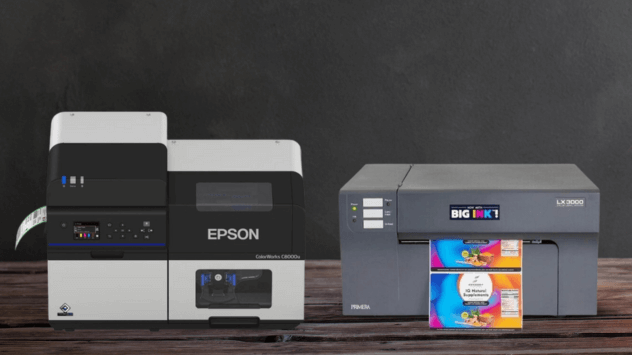
We have a large selection of premium food label printers at TCS Digital Solutions to suit your needs. Our selection includes the Epson Printer, Afinia Printer, Primera Printer, QuickLabel, and TrojanLabel Printer, all available at the best prices. We understand the importance of reliable label printing for businesses in the food industry, and we are here to provide you with the best solutions.
-
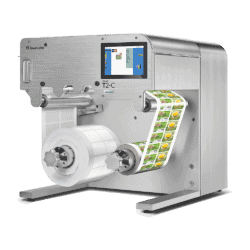 TrojanLabel T2-C Tabletop Volume Press Label Printer SKU: 10000155$33,995.00
TrojanLabel T2-C Tabletop Volume Press Label Printer SKU: 10000155$33,995.00
FREE SHIPPING over $199*
Orders before 12PM EST usually Ship Same Business Day -
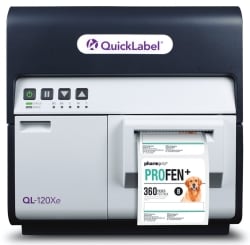 Quick Label QL-120Xe Inkjet Color Label Printer with 1 Year Warranty SKU: 42725300$5,995.00
Quick Label QL-120Xe Inkjet Color Label Printer with 1 Year Warranty SKU: 42725300$5,995.00
FREE SHIPPING over $199*
Orders before 12PM EST usually Ship Same Business Day -
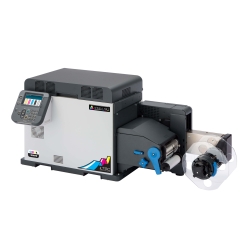 Afinia LT5C CMYK + White Label Printer SKU: 36138$13,350.00
Afinia LT5C CMYK + White Label Printer SKU: 36138$13,350.00
FREE SHIPPING over $199*
Orders before 12PM EST usually Ship Same Business Day
Conclusion
Food products must be properly labeled because our decisions affect our health and safety in this world. Food labels are not just a legal requirement; they are a lifeline for consumers. They empower us to make informed decisions about what we put into our bodies.
Do you need help deciding which label printer, materials, or inks are best for your business’s printing needs? Contact us today; we’re here to help! Make labeling a priority, and together, we can ensure a safer and healthier future for everyone.
Related Articles



